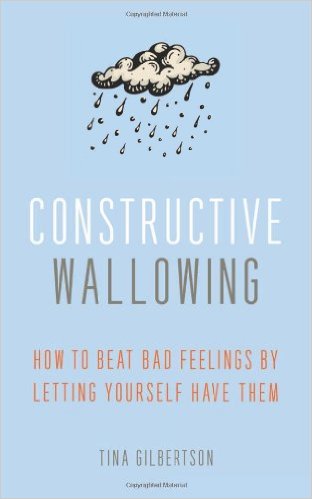Connect with your values and you can find meaning in any moment
by Annabelle Parr
“Choose a job you love, and you will never work a day in your life.”
Pretty good advice, right? Of course this expression doesn’t mean that you will literally never work a day in your life. Rather it implies that when you love your work, it feels like a choice more than a burden. On the whole, it adds value and meaning to your life, and fills your soul rather than saps it of vitality. To love one’s work is a beautiful thing that should absolutely be encouraged.
However, there are several important caveats to note when we discuss the importance of “loving your work.”
First of all, even if you love your job with all your heart, there will inevitably be hard days. Something about the saying above implies a sense of joy, ease, and effortlessness. Like if you love your job enough, you’ll hit some kind of work nirvana and just be blissed out all the time. But there will be days when – despite your love and passion for what you do – you are less than thrilled when your alarm goes off. There will likely be parts of your job that you love a bit less than others. There may be people you butt heads with. And there will be days that are downright crappy. No matter what your job or how much you love it, you will have hard days.
Work is work and it will still be challenging even when you love it.
When we set people up to expect that loving your work means you get to avoid difficult emotions and experiences, we do them a disservice. In fact, if you are looking for something perfect that involves 0% discomfort, it’s pretty much a guarantee that you will fail to notice something that you could or would love. No job is perfect; instead, look for the one that means enough to you that you are willing to suffer some discomfort for it because it is just that important to you. So, caveat number one: love does not imply perfection. However, it does imply purpose and meaning (more on that later).
Caveat number two: there is a certain amount of privilege inherent in prioritizing loving your job.
Loving your job is a wonderful goal, but not everyone is afforded the resources and opportunities necessary to attain their “dream job.” Figuring out what you love to do can take a lot of time, energy, and effort that many people do not have. Ultimately, work is a means to paying the bills – it is first and foremost about survival. When survival is on the line and basic needs are barely being met, loving your work is not high on the priority list because it often can’t be. So what about all those people who for one reason or another, are not able to put “love” as a top priority when it comes to their job?
Well, what does it actually mean to love your work?
I imagine that if you truly love your job, if you won the lottery tomorrow, you would choose to continue to work just for the love of the thing. So what if you don’t love your work? If you have the means to try to figure out what it is you do love and to seek that out, go for it! But if you don’t, you might still be able to find love in the midst of work even when the job is just a means to an end.
What if you don’t actually have to love the work that you do to find meaning in it?
What if the meaning isn’t necessarily in the job title or the day to day tasks, but actually in the way that you do it and the reasons you do it for? From an Acceptance and Commitment Therapy (ACT) perspective, life inevitably involves pain and discomfort. The problem isn’t pain, but rather the inflexible ways in which we choose to respond to it. We get stuck in our minds, in stories about how things are or how they should be; we get stuck trying to escape discomfort, but find only that our lives get progressively smaller and more rigid.
The antidote to suffering: psychological flexibility.
That is, being willing to have our experiences inside our skin (thoughts, emotions, sensations); choosing to be present in this moment; recognizing our thoughts for what they are: words generated by our minds rather than inherent truths about the way things are; choosing to see our selves as more complex than our current experience; and identifying what matters to us and deciding to act in the direction of what matters even when we are experiencing discomfort. In ACT, our personally chosen values serve as the compass for our actions in any given moment. And our values are qualities of being that we can bring to any experience at any time.
From an ACT perspective, love might have less to do with the work itself, and more to do with the qualities of being that you bring to it.
There is something about the idea of loving your work that seems somewhat fixed and rigid. Like you either love it or you don’t and that’s that. But when you choose to allow your values to inform your work, you have some sense of agency day to day regarding whether you will find meaning in this moment.
What are your personal values?
Maybe it’s important to you to provide for your family. Maybe it’s important to you to be kind and compassionate, or driven and tenacious, or present and engaged. These are all qualities of being that you can choose to bring to any job, on any given day. When we reconnect with our values – who and how we want to be – we can infuse our day with meaning no matter what we are doing.
Here’s a new saying for you: connect with your values and you can find meaning in any moment.
I think it’s meaning that we’re really after when we encourage people to do what they love. And it’s freeing to know that meaning is up to you. You do not have to find the elusive dream job before you can find meaning in your work. No matter the contextual restrictions on your ability to choose a job you “love,” you can still decide who you want to be when you show up every day to do your job, regardless of what it is.
































